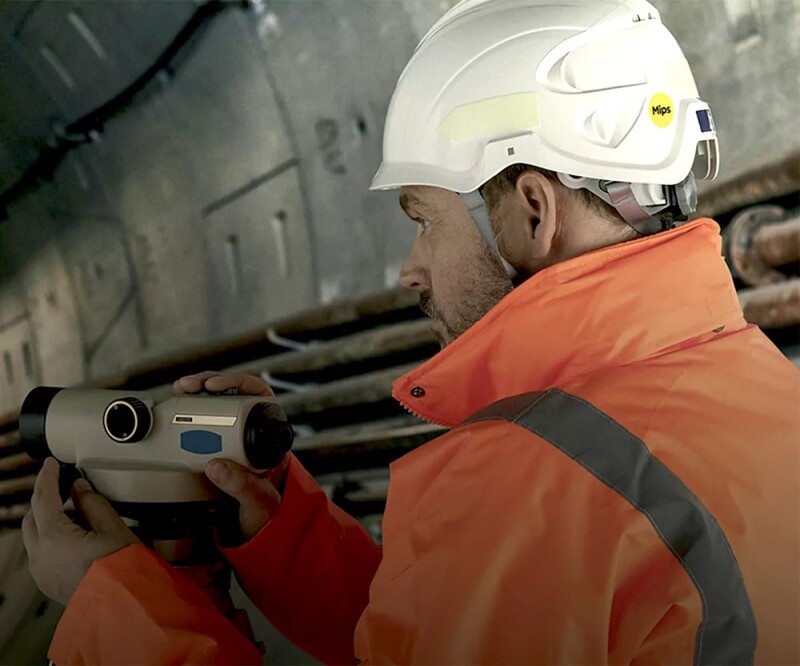We’ve all seen the headlines about head injuries in sport: Football players heading the ball, rugby players, NFL players, boxing head injuries, all leading to potentially severe cases and long-term issues.
But most of us face the risk of head injury in work as well as in play. Some face this risk more than others, like those who work within the construction industry or utilities sector. Construction Manager teamed up with Mips, a helmet-based safety technology company, to conduct research on head injuries in construction.
Most of us understand that a head injury can be a killer with the effects either showing immediately or, in some cases, 48 to 72 hours later. The damage can cause short- or long-term issues and, for some people, it can change their personalities completely.
On modern-day construction sites, there is widespread awareness of the need to wear a hard hat, but the results of this survey show a clear majority think that not enough is being done to inform the workforce of the specific risks around head injury.
Concussion is often referred to as mild head injury and, while most mild head injuries result in no long-term damage to the brain, it can cause temporary disruption to brain function that can last for a matter of hours to days, weeks, or even months. Less than a third (27%) of survey participants were correct in answering that up to 75% of traumatic brain injury (TBI) cases result in a concussion. The rest thought the proportion was lower than this. In fact, the most common type of TBI is concussion, which accounts for up to 75% of all TBI cases.
Reporting and Risk
The reason for this is perhaps because the industry reports on accidents and not injuries, hence why the injury portion is inaccurate. It would be better if more emphasis were placed on the exact injury information and this was logged in detail. We could then understand the injuries more and help to mitigate them.
Just over half (51%) of respondents don’t think enough is being done to inform the workforce of the risks around head injury. In order to prevent head injuries onsite, we must first understand the risk. This will involve educating the supply chain and changing the whole industry perspective.
Worryingly, 40.3% surveyed either think that hard hats aren’t being replaced after significant impact or within 5 years and 31.7% simply don’t know. This is not only about educating the workforce but also about best practice when it comes to wear and care of their hard hats. The wearer needs to understand that the humble hard hat could save their life, so it is within their interest to look after them.
Meanwhile, only 15% of respondents said personal protective equipment (PPE) is checked frequently. This is concerning. When wearing something that can protect lives, checks to make sure it is in working order should be made on a regular basis. Remember PPE is not just a piece of plastic; it’s there to protect people.

